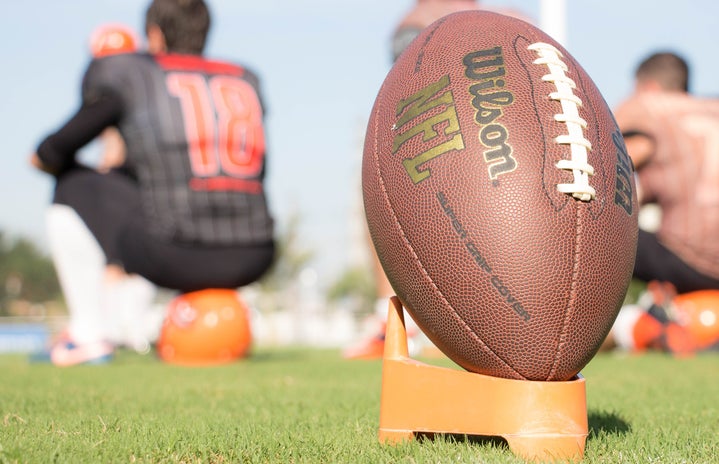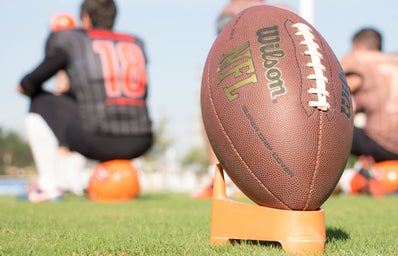Growing up in Pittsburgh, Pennsylvania, sports has always been a huge part of my life. Some of my first memories are surrounding the television with my family while we watch the Pittsburgh Penguins and cheering the Steelers on as they won the 2009 Super Bowl. Throughout my childhood, I was always playing softball or watching my little brother play soccer. Now, coming to West Virginia University, the sports teams are the pride and joy of Morgantown, and so I am always at the games cheering on my fellow Mountaineers. Needless to say, sports have always – and will always – be an enormous part of my life.
This summer I will be interning at the Pittsburgh Riverhounds SC, my city’s professional soccer team, doing community relations work. On April 13, I attended my very first shift, which happened to be the home opener at Highmark Stadium. I arrived, nervous as any freshman intern would be on her first day, and when I got there, I was a bit taken back. Along with myself, there were 11 other interns, but only one of those other 11 interns was a girl. Naturally, we got paired up to do our work together. As we were preparing for the game to start, this girl confessed to me that she was “intimidated” that we were the only girl interns. I honestly had no response to this statement because it never even crossed my mind that there were only two girl interns, that just was not a factor that mattered to me.
In a heavily male-dominated industry like sports media, women are pretty scarce. What is so intimidating is how scarce they really are. According to the Women’s Media Center’s Status of Women in U.S. Media 2019, only 14 percent of printed sports articles were written by women, and only 21 percent of online articles. On an academic scale, the status graded sports news desks with an “F” in gender diversity. These statistics are adding up to the conclusion that women are not equally represented in the world of sports media.
What is even more surprising is that these numbers are actually higher than in past years. These statistics are shockingly low, and they’ve supposedly increased since last year. If these statistics are after this increase, you can imagine how low the previous numbers were. If the statistics from 2019 are actually higher than before, you can only imagine how small the previous year’s statistics were. The very few women who do work in sports media face inequality in all sorts and fashions.
Up until 1978, women reporters were not permitted into the team’s locker room before or after the game for interviews. This obviously gave male reporters a definite advantage and is one of the causes for a lack of female reporters The Huffington Post wrote about the strong, female journalist, Melissa Ludtke, who sued the New York Yankees and as a result changed the MLB policy that banned female reporters from the locker room.
With all of these factors against us, I do not want that to scare even more women away from going into a sports media field. I think these hardships should motivate more women to choose a sports field because it gives us more motivation to prove everyone wrong. Whether you are a girl working for an all-male sports team or working with all other men, do not let that dismay you from doing the best work you can. Above all else, never, ever let any boy (or anyone for that matter) intimidate you at a job/internship that you have earned just the same as he did.


